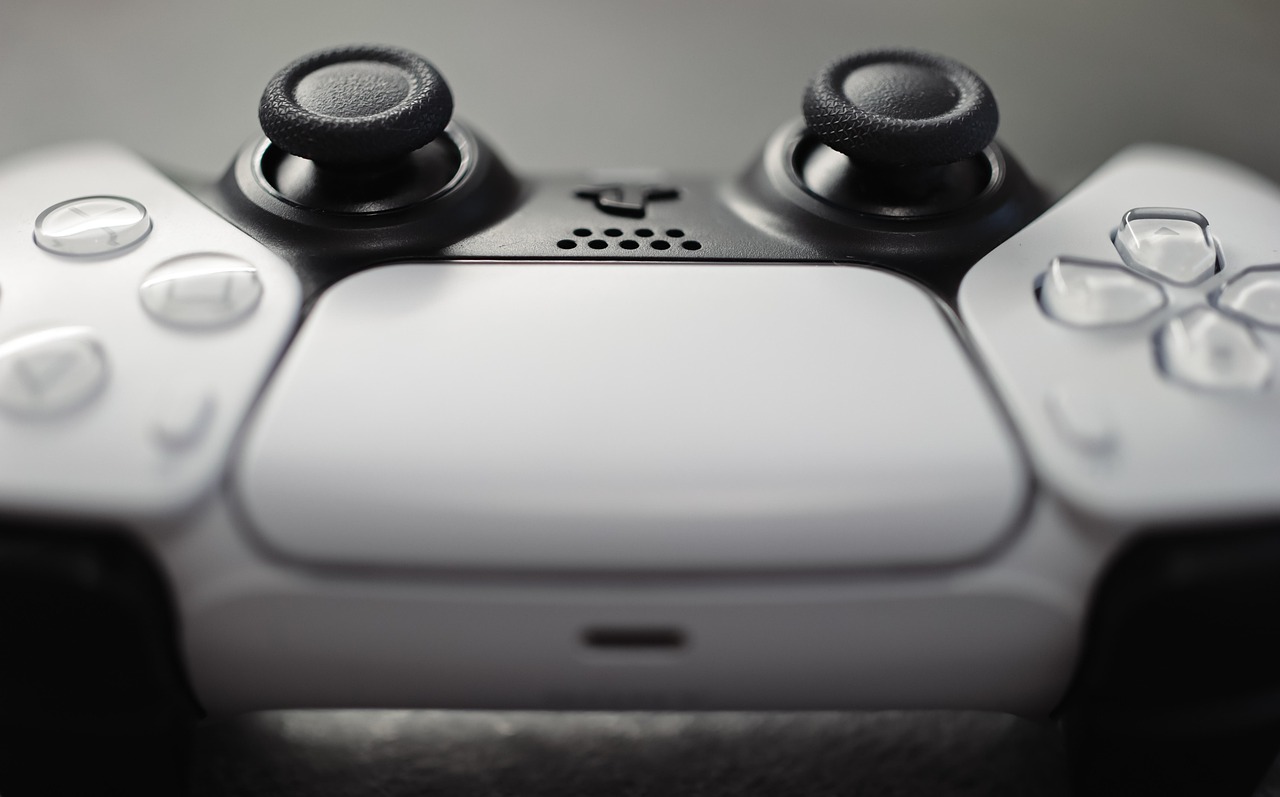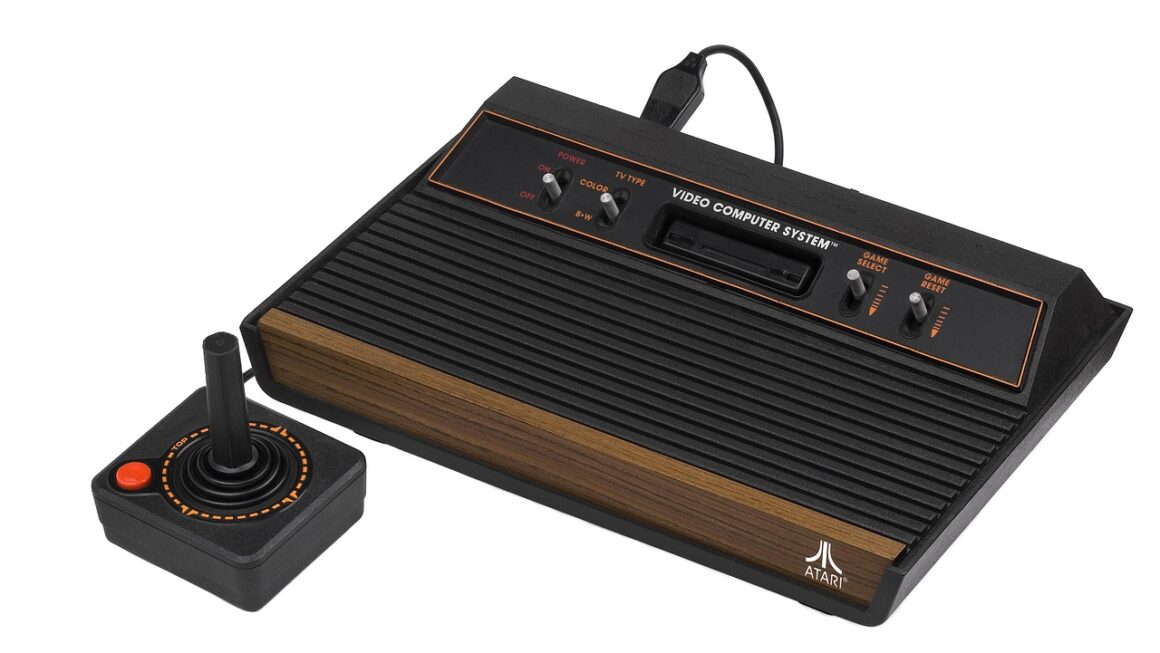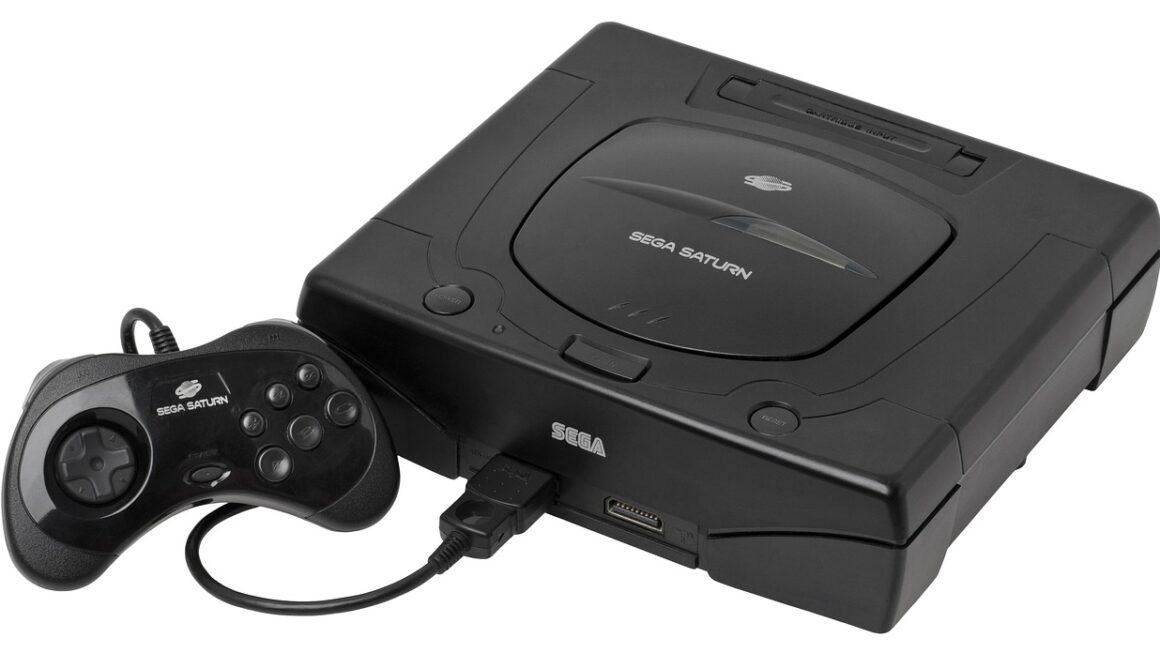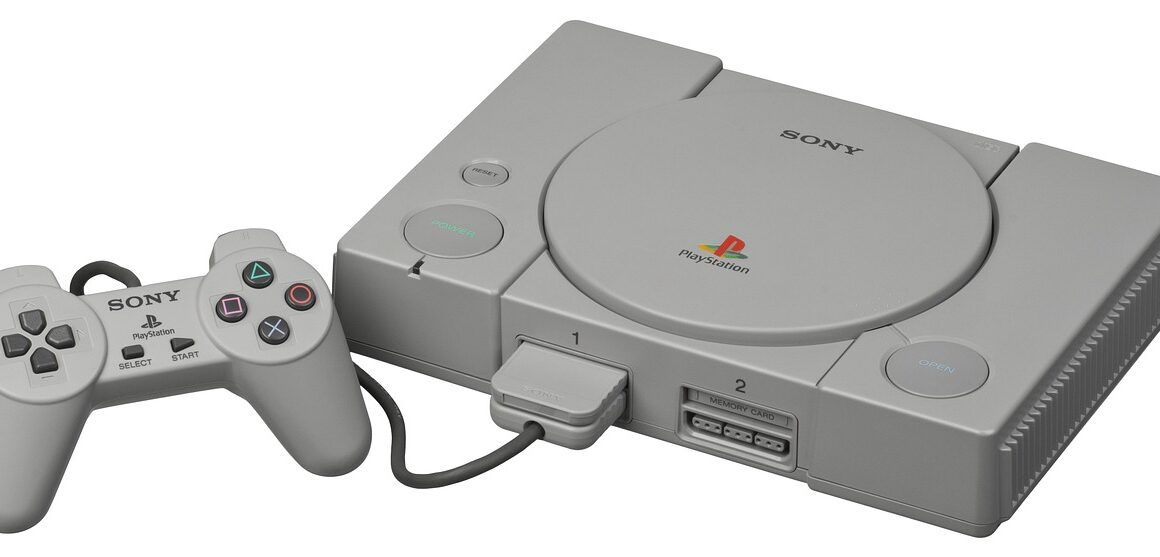Gaming laptops have exploded in popularity, offering hardcore gamers and casual players alike the freedom to enjoy their favorite titles on the go. But with so many options available, navigating the world of gaming laptops can be daunting. This guide will break down everything you need to know to choose the perfect gaming laptop for your needs and budget, ensuring a powerful and portable gaming experience.
Understanding Gaming Laptop Specifications
Choosing the right gaming laptop starts with understanding the key components that contribute to performance. Don’t get caught up in the marketing hype – focus on the specs that truly matter for smooth, immersive gameplay.
Processor (CPU)
The CPU is the brain of your laptop, responsible for handling game logic, AI, and physics calculations.
- Intel vs. AMD: Both Intel and AMD offer excellent processors for gaming laptops. Intel’s Core i7 and i9 series, and AMD’s Ryzen 7 and Ryzen 9 series are generally recommended.
- Core Count: Higher core counts can benefit certain games and multitasking. A 6-core (or more) CPU is generally recommended for modern gaming.
- Clock Speed: A higher clock speed (measured in GHz) means the CPU can process instructions faster. Look for base clock speeds of at least 2.5 GHz, with boost clocks exceeding 4 GHz.
- Example: An Intel Core i7-12700H or an AMD Ryzen 7 6800H are solid choices for mid-range gaming laptops.
Graphics Card (GPU)
The GPU is arguably the most crucial component for gaming, responsible for rendering graphics and displaying them on the screen.
- NVIDIA GeForce RTX vs. AMD Radeon RX: NVIDIA’s GeForce RTX series is currently the dominant player in the gaming laptop market, offering features like ray tracing and DLSS (Deep Learning Super Sampling). AMD’s Radeon RX series is a strong contender, especially in terms of value.
- VRAM (Video RAM): VRAM is dedicated memory for the GPU to store textures and other graphical assets. 6GB of VRAM is generally the minimum, with 8GB or more recommended for higher resolutions and demanding games.
- Laptop GPU vs. Desktop GPU: Laptop GPUs are typically less powerful than their desktop counterparts due to thermal and power constraints. Pay attention to the power (TGP) rating of the GPU, as a higher TGP generally indicates better performance.
- Example: An NVIDIA GeForce RTX 3060 or RTX 3070 laptop GPU will provide excellent performance for 1080p and 1440p gaming. For 4K gaming, consider an RTX 3080 or higher. AMD’s Radeon RX 6600M or RX 6700M are strong alternatives.
RAM (Memory)
RAM is essential for running the operating system, games, and other applications.
- Capacity: 16GB of RAM is the sweet spot for most gaming laptops, allowing for smooth multitasking and handling even demanding games. 8GB might be sufficient for older titles or less demanding games, but it’s generally not recommended for modern gaming. 32GB is overkill for most users, but can be beneficial for content creation or running multiple virtual machines.
- Speed: Higher RAM speeds (measured in MHz) can improve performance. Look for RAM speeds of at least 3200MHz.
- Example: 16GB of DDR4-3200 or DDR5-4800 RAM is ideal for a gaming laptop.
Storage
Storage is crucial for storing your operating system, games, and other files.
- SSD vs. HDD: A Solid State Drive (SSD) is essential for fast boot times, quick game loading, and overall responsiveness. Avoid laptops with only a Hard Disk Drive (HDD) for gaming.
- NVMe SSD vs. SATA SSD: NVMe SSDs are significantly faster than SATA SSDs. Look for an NVMe SSD for the best performance.
- Capacity: 512GB is a good starting point for a gaming laptop, allowing you to install a few games and other applications. 1TB or larger is recommended if you plan on installing a lot of games or storing large files.
- Example: A 512GB or 1TB NVMe PCIe Gen 4 SSD is ideal for a modern gaming laptop. Consider a secondary storage drive (either SSD or HDD) if you need additional storage space.
Display and Refresh Rate
The display is your window into the gaming world, so choosing the right one is critical for an immersive experience.
Resolution
Resolution determines the sharpness and detail of the image.
- 1080p (1920×1080): The most common resolution for gaming laptops, offering a good balance between performance and visual fidelity.
- 1440p (2560×1440): Offers a sharper image than 1080p, but requires a more powerful GPU to maintain high frame rates.
- 4K (3840×2160): The highest resolution, providing the most detail, but requires a very powerful GPU and can impact battery life. Often found in larger, high-end gaming laptops.
Refresh Rate
Refresh rate (measured in Hz) determines how many times per second the display updates. A higher refresh rate results in smoother and more responsive gameplay.
- 60Hz: The standard refresh rate for most laptops, but not ideal for fast-paced gaming.
- 120Hz/144Hz: A significant improvement over 60Hz, providing a much smoother and more responsive gaming experience. Highly recommended for competitive gaming.
- 240Hz/300Hz/360Hz: Designed for competitive gamers who demand the absolute lowest input lag. The difference between 144Hz and these higher refresh rates is less noticeable, but can provide a marginal advantage.
- Example: A 15.6-inch or 17.3-inch display with a resolution of 1920×1080 (1080p) or 2560×1440 (1440p) and a refresh rate of 144Hz is a great choice for most gamers.
Panel Technology
The type of panel technology used in the display affects image quality and viewing angles.
- IPS (In-Plane Switching): Offers excellent color accuracy, wide viewing angles, and good contrast. The most common type of panel used in gaming laptops.
- TN (Twisted Nematic): Offers faster response times than IPS panels, but generally has poorer color accuracy and viewing angles. Less common in modern gaming laptops.
- OLED (Organic Light-Emitting Diode): Offers the best image quality, with perfect blacks, incredible contrast, and vibrant colors. However, OLED panels can be more expensive and may be susceptible to burn-in over time.
Cooling and Thermals
Gaming laptops generate a lot of heat, so effective cooling is essential to prevent thermal throttling (where the CPU and GPU reduce their clock speeds to avoid overheating).
Cooling Systems
- Fans: Most gaming laptops use multiple fans and heat pipes to dissipate heat.
- Liquid Metal: Some high-end gaming laptops use liquid metal thermal paste on the CPU and GPU for improved heat transfer.
- Vapor Chambers: Vapor chambers provide a larger surface area for heat dissipation than traditional heat pipes.
- External Cooling Pads: Can help to improve cooling by providing additional airflow to the bottom of the laptop.
- Example: Look for laptops with multiple fans, large heat sinks, and strategically placed vents. Read reviews to see how well the laptop handles heat under sustained gaming loads.
Thermal Throttling
- Monitoring: Use monitoring software (such as MSI Afterburner or HWMonitor) to keep an eye on CPU and GPU temperatures while gaming.
- Undervolting: Undervolting can reduce the amount of power consumed by the CPU and GPU, which can help to lower temperatures.
- Cleaning: Regularly clean the fans and vents to remove dust, which can impede airflow.
- Example: If your laptop is consistently overheating and throttling, consider adjusting the fan curves in the BIOS or using a cooling pad.
Keyboard and Trackpad
While not always the primary focus, a comfortable and responsive keyboard and trackpad can enhance your overall gaming experience.
Keyboard
- Mechanical vs. Membrane: Mechanical keyboards offer a more tactile and responsive feel than membrane keyboards. Some gaming laptops feature mechanical keyboards, while others use high-quality membrane keyboards that mimic the feel of mechanical keys.
- Key Travel: Key travel refers to the distance a key travels when pressed. Longer key travel can provide a more satisfying typing experience.
- Anti-Ghosting and N-Key Rollover: Anti-ghosting prevents keystrokes from being missed when multiple keys are pressed simultaneously. N-key rollover allows you to press multiple keys at the same time without any input being lost.
- RGB Lighting: Many gaming laptops feature RGB backlighting, which can be customized to your liking.
Trackpad
- Size and Placement: A larger trackpad is generally easier to use. The placement of the trackpad should be comfortable and not interfere with your wrists while typing.
- Precision: A precise trackpad is essential for accurate cursor movement.
- Multi-Touch Gestures: Multi-touch gestures (such as two-finger scrolling and pinch-to-zoom) can improve productivity.
- Example: If you plan on doing a lot of typing or gaming without an external keyboard and mouse, pay attention to the keyboard and trackpad quality.
Battery Life and Portability
While gaming laptops are designed for performance, battery life and portability are still important considerations, especially if you plan on using the laptop on the go.
Battery Life
- Battery Capacity: A larger battery capacity (measured in Wh) generally translates to longer battery life.
- Power Consumption: Gaming laptops consume a lot of power, especially when gaming. Expect battery life to be significantly shorter when gaming compared to general use.
- Optimizations: Adjust power settings, disable unnecessary background processes, and lower the screen brightness to extend battery life.
- Example: Don’t expect more than 2-4 hours of battery life when gaming on a typical gaming laptop. For general use, you might be able to get 5-8 hours, depending on the laptop and your usage habits.
Portability
- Size and Weight: Gaming laptops tend to be larger and heavier than traditional laptops due to their powerful components and cooling systems. Consider the size and weight of the laptop if you plan on carrying it around frequently.
- Thickness: A thinner laptop is generally more portable, but may sacrifice some cooling performance.
- Example: If portability is a major concern, look for a gaming laptop with a smaller screen size (14-inch or 15.6-inch) and a relatively thin and light design.
Conclusion
Choosing the best gaming laptop requires careful consideration of your budget, gaming needs, and portability requirements. By understanding the key specifications, display options, cooling systems, keyboard and trackpad features, and battery life considerations, you can make an informed decision and find the perfect gaming laptop to elevate your gaming experience. Remember to read reviews, compare specs, and consider your specific needs before making a purchase. Happy gaming!




